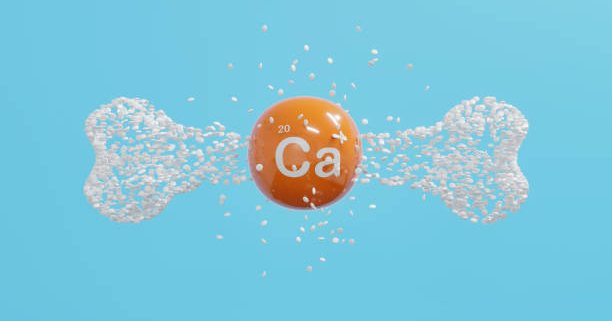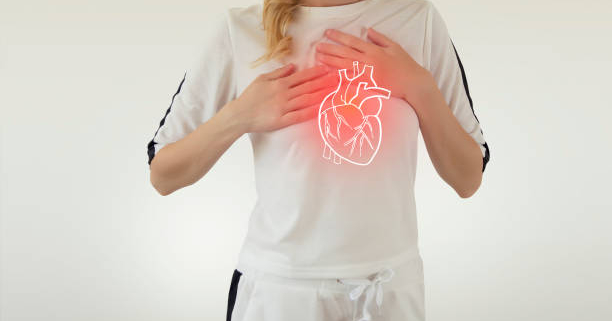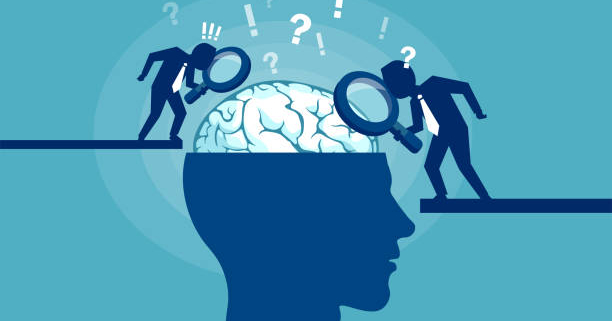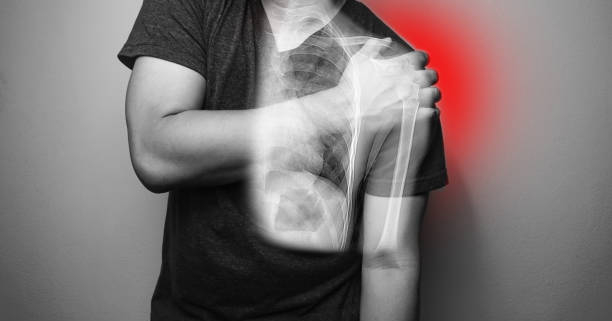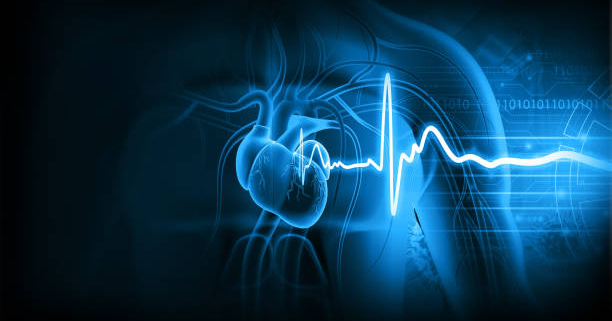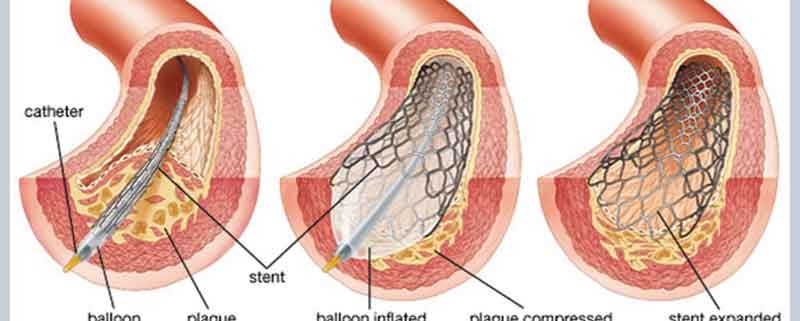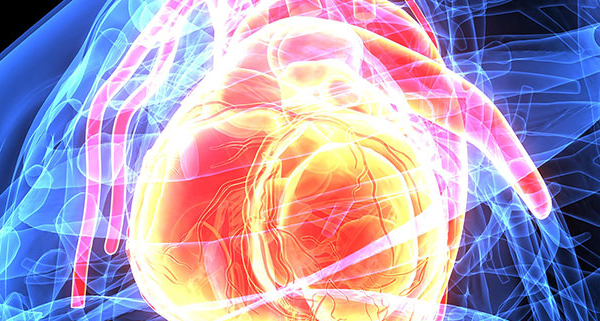To keep our bones healthy and strong, it’s important to eat a balanced diet with enough nutrients, especially calcium and vitamin D. Calcium is crucial for building and maintaining strong bones and teeth, as well as supporting other body functions like blood circulation and muscle control. Vitamin D is needed to effectively absorb calcium from the food we eat.
Since our bodies can’t produce calcium on their own, it’s essential to get it from the foods we eat. If we don’t consume enough calcium, our bodies will take it from the stored supply in our bones. Over time, this can lead to weakened bones and an increased risk of conditions like osteoporosis, where bones become brittle. Other conditions like osteopenia and hypocalcemia can also result.
In children, insufficient calcium intake may affect their growth potential, preventing them from reaching their full height. Therefore, it’s crucial to ensure that we consume the recommended daily amount of calcium through various food sources, vitamins, and supplements to keep our bones healthy and prevent these issues.
Book your Advance Bone Health test today!
What is Calcium Deficiency?
Calcium deficiency, also known as hypocalcemia, is a condition where the level of calcium in the blood is too low. This can result in issues like osteoporosis, changes in dental health, brain alterations, and the development of cataracts.
How Much Calcium Do You Need Each Day?
Your age determines the appropriate daily amount of calcium you should consume. Here’s what’s suggested for adults:
- For individuals aged 19 to 50 years, the recommended daily calcium intake is 1000 mg.
- Men between the ages of 51 and 70 are advised to consume 1000 mg of calcium per day.
- For women aged 51 to 70 years, the recommended daily calcium intake is 1000 mg.
- For adults aged 71 years and above, the recommended daily calcium intake is 1200 mg.
- Pregnant and lactating adults should aim for a daily calcium intake of 1000 mg.
Why is Calcium Important?
Calcium is like a superhero for our bones. About 99% of it hangs out in our bones and teeth, making them strong and hard. The remaining bit of calcium does some other cool stuff in our bodies to keep things running smoothly. It helps blood vessels do their expanding and contracting dance, muscles contract, and the nervous system transmit messages.
Every day, calcium plays a game of musical chairs in our bones, coming in and out as they undergo constant remodeling. In kids and teens, the body adds more bone than it breaks down, making bone mass grow. This party lasts until around age 30 when new bone creation and old bone breakdown balance out. But as we get older, especially after menopause in women, bones break down faster than they’re created. If we don’t get enough calcium in our diet, it can lead to osteoporosis, where bones become fragile and prone to breaking. So, calcium is not just for building strong bones; it’s also a key player in keeping our body’s daily operations in check.
What Leads to Calcium Deficiency?
There are various reasons why someone might have a lack of calcium, such as:
- Not getting enough calcium in your diet for a while.
- Having trouble with foods rich in calcium due to dietary intolerance.
- Genetic factors can play a role.
- Taking certain medications that reduce calcium absorption.
- Hormonal changes, especially in postmenopausal women or those who’ve had hysterectomy and oophorectomy.
Signs of Not Enough Calcium in Your Body
When your body lacks enough calcium, it can lead to various effects. At first, there might not be any noticeable symptoms. However, over time, a calcium deficiency can result in low bone density, increasing the risk of brittle bones known as osteoporosis. Osteoporosis is often referred to as a “silent disease” because symptoms may not appear until a bone is broken.
In more advanced stages of osteoporosis, individuals may experience back pain due to fractured or collapsed vertebrae, a gradual loss of height, a stooped posture, and bones that break more easily than expected. Diagnosis typically involves a DEXA bone mineral density test before symptoms become evident.
In cases of acute calcium deficiency, the symptoms can be more severe and include:
- Muscle spasms
- Muscle cramps
- Bones breaking easily
- Memory loss
- Confusion
- Numbness or tingling sensation in the feet, hands, and face
- Hallucinations
- Brittle and weak nails
- Depression
If you notice any of these symptoms, it’s essential to consult with a healthcare professional for proper evaluation and guidance.
Easy Tips for Stronger Bones and Increased Calcium Intake
Boosting your bone health and getting enough calcium doesn’t have to be complicated. Follow these straightforward tips:
- Meet the Daily Calcium Requirement: Start by meeting the recommended dietary allowance (RDA) of calcium every day. Include calcium-rich foods in your diet, such as soy products (tofu, soy milk, soy drink), dairy products (yogurt, cheese, paneer), vegetables (beans, legumes, broccoli, cabbage, carrot, cauliflower, celery, okra, peas, sweet potato), fruits (berries, dates, figs, orange, papaya), cereals (corn flakes), nuts (almonds, sesame seeds), eggs, and fish.
- Consider Supplements: If it’s challenging to get enough calcium from your diet alone, consult your doctor about taking supplements.
- Ensure Balanced Nutrition: It’s not just about calcium; your bones benefit from other nutrients too. Make sure you get enough protein, magnesium, vitamin D, vitamin K2, and phosphorus.
- Magnesium Matters: Magnesium aids in the absorption and retention of calcium, contributing to stronger bones and helping prevent osteoporosis.
- Vitamin D Support: Vitamin D plays a crucial role in calcium absorption and regulates its levels in the blood. Make sure you get enough sunlight exposure or consider supplements if needed.
- Phosphorus Partnership: Phosphorus, working alongside calcium, also plays a role in maintaining bone health. Don’t overlook its importance.
- Consult a Dietician: For a personalized approach, consult with a nutrition expert. They can help you create a well-balanced diet that includes the right amounts of calcium, phosphorus, and vitamin D.
By incorporating these tips into your routine, you can promote strong bones and overall bone health.
How Smoking Hurts Bones and Osteoporosis
When you smoke, it makes it harder for your body to soak up calcium, which results in less bone density and weaker bones. The nicotine in cigarettes slows down the creation of the cells responsible for building strong bones, making it tougher for your body to heal.
Can Drinking Too Much Alcohol Decrease Vitamin D?
If you regularly drink a lot of alcohol, it can mess with how your body handles vitamin D. People who are chronic alcoholics often end up with low levels of a type of vitamin D called 25-hydroxyvitamin D (25(OH)D). Also, it’s worth noting that alcohol can up the chances of falls in older adults dealing with osteoporosis, which can result in serious fractures—the most severe outcome of this bone condition.

